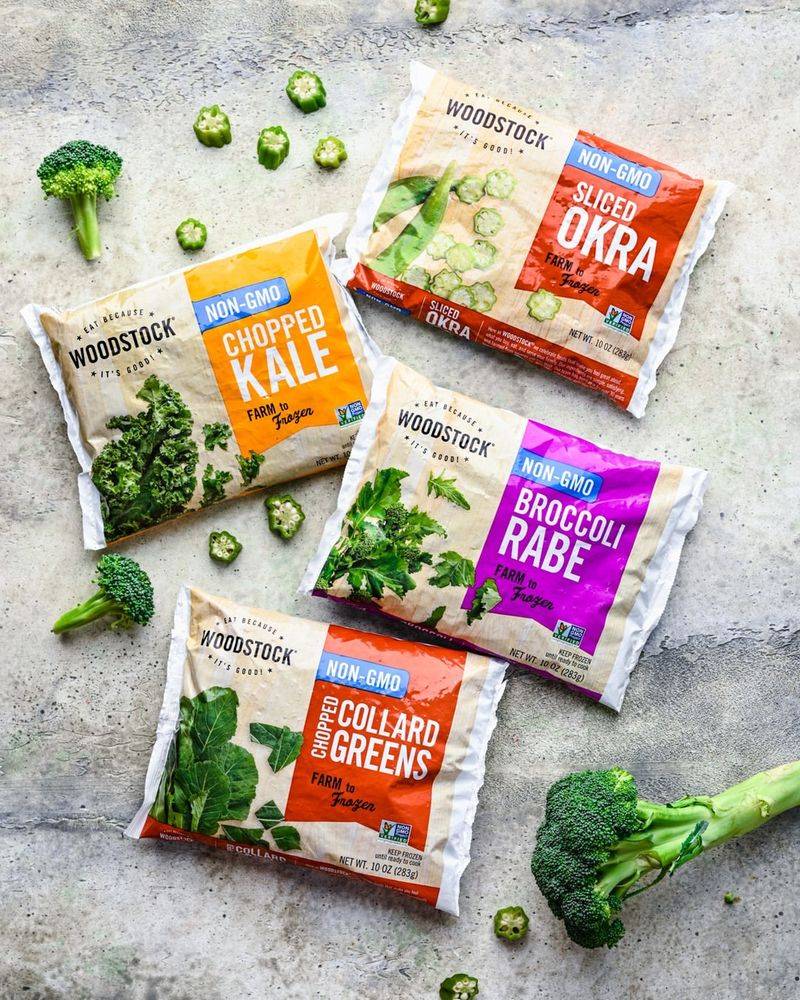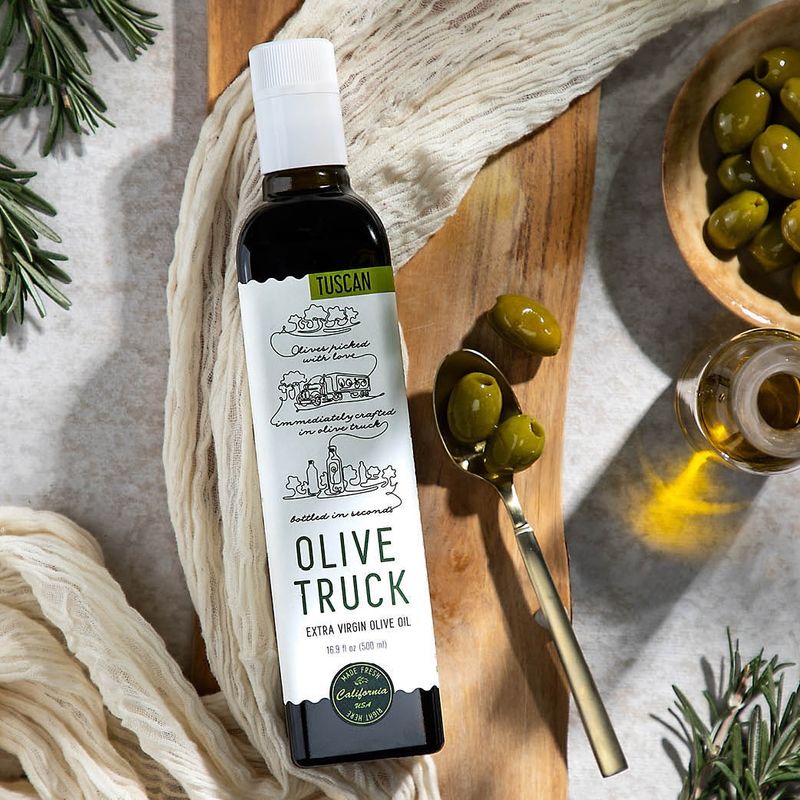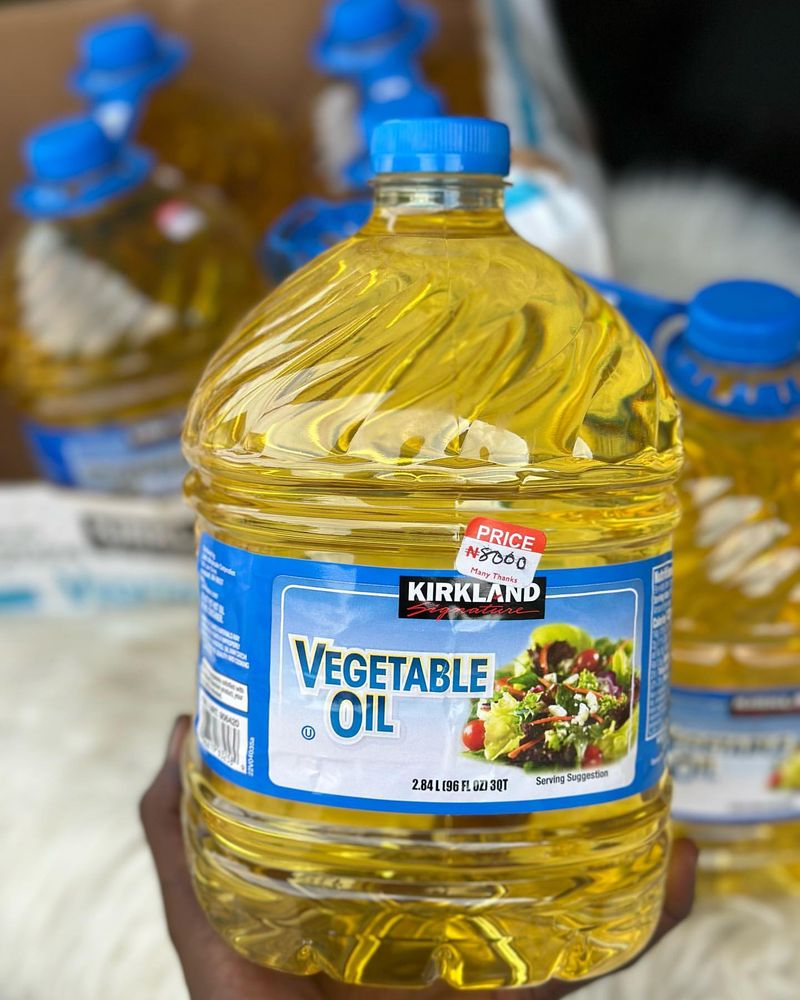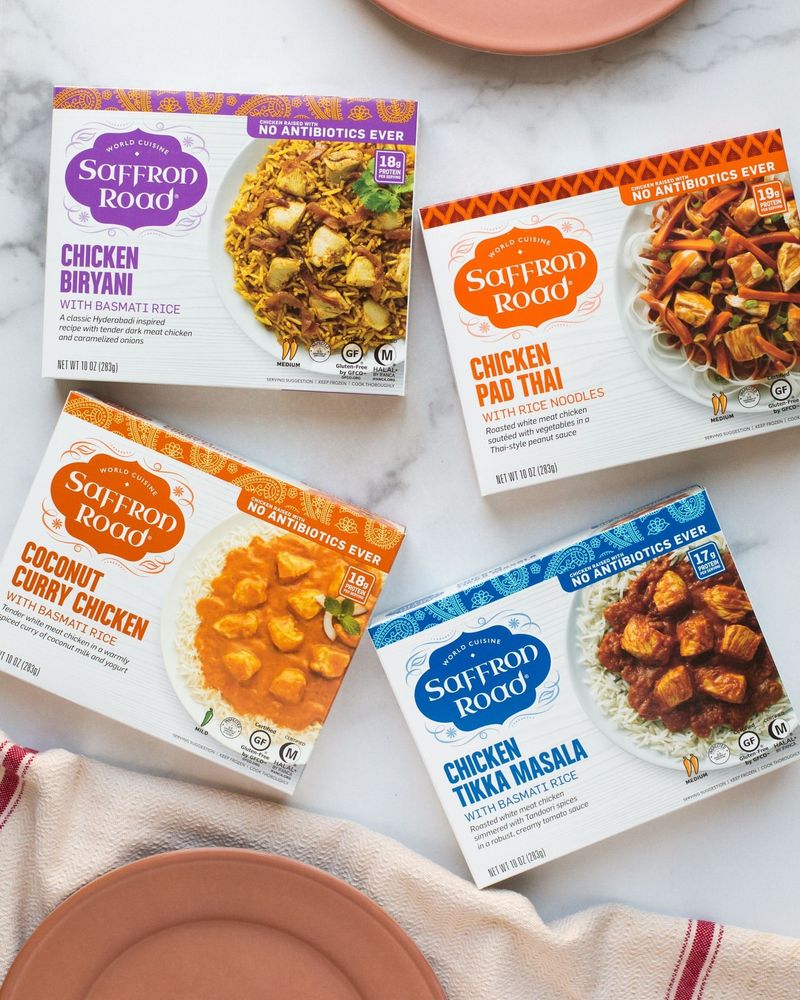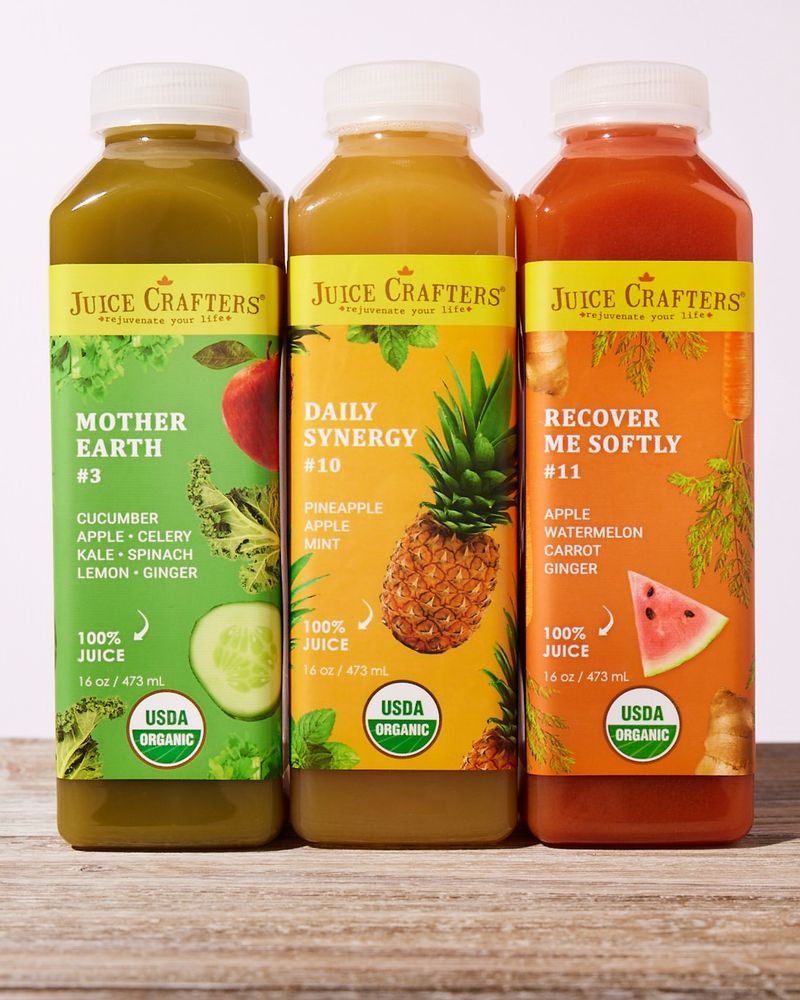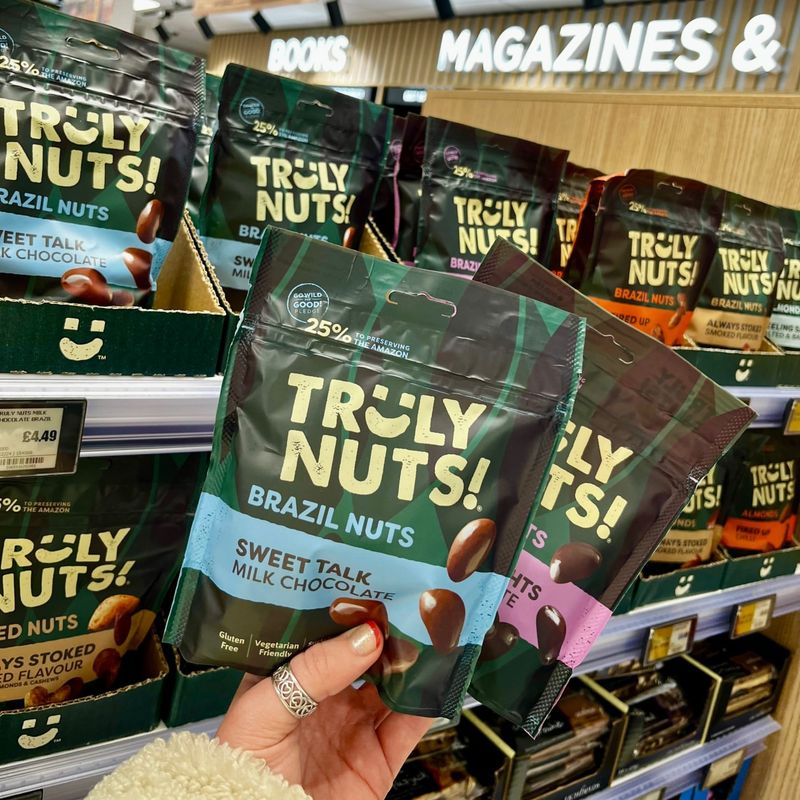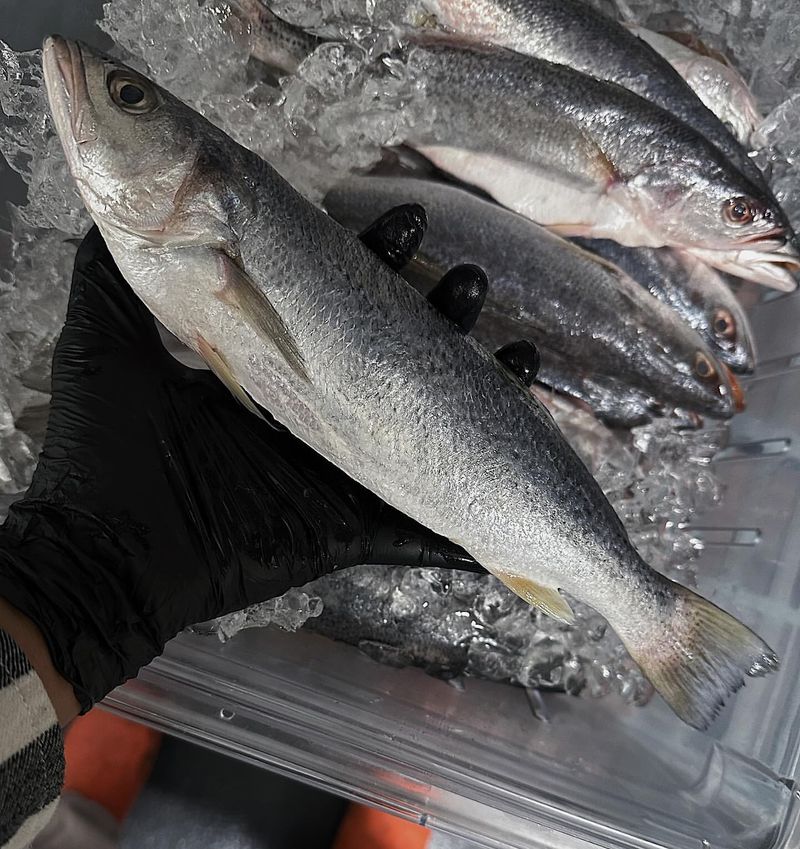Every time I walk into a grocery store, I can’t help but notice how familiar prices seem to have taken an unexpected climb. From the basics to the treats, everything feels just a bit more out of reach.
Perhaps you’ve felt the pinch on your wallet too, as cherished staples now ask for a little more of our hard-earned cash. Let’s stroll down the aisles together and explore 24 everyday foods that are noticeably more expensive now.
1. Bread
Bread, the quintessential staple, has seen a surprising surge in price. Walking past the bakery aisle, I’ve noticed that the humble loaf isn’t as affordable as it once was.
This increase is partly due to rising costs of wheat and transportation. Despite this, it’s hard to imagine a pantry without it.
Adjusting to these changes means considering baking at home or seeking local bakeries offering deals. Ultimately, bread remains a beloved component of our diet, albeit at a heftier price.
2. Eggs
Eggs, a breakfast favorite, have become pricier due to various factors. From omelets to baking, their versatility is unmatched. However, recent trends in supply and demand, coupled with production challenges, have driven costs up.
Shopping smart means looking for sales or buying in bulk. Even so, giving up eggs isn’t on most people’s menu. They remain an essential ingredient, delivering protein and flavor daily, yet now requiring a bit more from our grocery budget.
3. Milk
Milk prices have been on a steady rise, impacting families everywhere. Factors like feed costs and distribution have influenced this trend. Considering alternatives like plant-based milks might help balance the budget.
Yet, for many, the taste and nutritional benefits of cow’s milk are irreplaceable. Despite the increase, milk remains a household staple, continuing to nourish and satisfy across generations.
4. Cheese
Cheese lovers are feeling the pinch as prices climb steadily. Whether it’s for a sandwich or a cheeseboard, the diverse world of cheese is now a bit more luxurious. Influenced by production costs and aging processes, these increases are noticeable.
Exploring budget-friendly varieties or purchasing during sales can ease the impact. Nonetheless, cheese’s unique flavors and textures make it hard to resist, ensuring it maintains its cherished place in our culinary culture, albeit at a higher cost.
5. Chicken
Chicken, a go-to protein, has seen price hikes recently. Preparing a family dinner with this once-affordable meat now requires a bit more budgeting. Factors such as feed prices and processing have played roles in this trend.
Searching for deals or buying larger portions to freeze may offer solutions. Nevertheless, chicken’s versatility and taste make it a staple in many homes. While it’s more expensive, it remains a favorite choice for meals across the globe due to its adaptability.
6. Beef
Beef prices have risen, making steak dinners a rare treat for some. Whether it’s a hearty stew or a BBQ night, beef’s allure is undeniable. Rising costs of feed and cattle management contribute to this trend.
Planning meals with smaller portions or substituting with ground beef can mitigate costs. Despite these challenges, beef’s rich flavors continue to captivate many. Though more costly, its presence in our meals is a testament to its timeless appeal and culinary significance.
7. Pork
Pork, another cherished protein, faces a noticeable price increase. From bacon to chops, its versatility is evident. Seeking sales or buying in bulk might ease the financial strain.
Nonetheless, pork’s rich flavors and adaptability keep it in high demand. Although it requires a more significant portion of our budget, pork remains a beloved ingredient, enriching dishes with its savory essence and culinary diversity.
8. Butter
Butter’s price has crept up, impacting kitchens everywhere. Whether it’s for baking or cooking, this dairy staple’s rise is felt. Factors like milk prices and production costs have contributed to these changes.
Considering alternatives like margarine or buying in bulk during sales can help manage the expense. Even with its increased cost, butter’s creamy texture and flavor make it a kitchen essential, adding richness to dishes that many find irreplaceable in their culinary repertoire.
9. Coffee
Coffee lovers are facing a steeper bill as prices increase. The morning ritual of brewing a fresh cup now comes with added cost. Climate change and supply chain issues are among the factors driving this trend.
Exploring home-brewing techniques or purchasing in bulk may alleviate the financial impact. Despite the higher price, coffee’s invigorating aroma and taste continue to captivate. It’s a daily necessity for many, providing comfort and energy, reaffirming its place in routines worldwide.
10. Tea
Tea, a soothing beverage cherished by many, has seen its price rise. Factors such as climate variations and labor costs play a role in this increase. Opting for loose-leaf varieties or exploring different brands might offer savings.
Even with the higher cost, tea’s calming qualities and diverse flavors maintain its popularity. It remains a cherished part of daily rituals, offering warmth and relaxation despite budget considerations.
11. Rice
Rice, a global staple, has experienced a noticeable price increase. As a foundation for countless dishes, its rising cost is felt universally. Factors like weather conditions and export restrictions have influenced this shift.
Buying in bulk or exploring alternative grains may help alleviate financial strain. Nonetheless, rice’s versatility and ability to complement various cuisines ensure its continued presence in kitchens. Though more expensive, it remains a vital part of many meals, bridging cultures and flavors worldwide.
12. Pasta
Pasta, a beloved pantry essential, is now pricier than before. Whether it’s a quick dinner or a gourmet dish, its increased cost is noticeable. Influences like wheat prices and energy costs impact this trend.
Stocking up during sales or exploring store brands might offer savings. Despite the hike, pasta’s ability to absorb flavors and provide comfort keeps it in demand.
Its presence in meals continues to satisfy, adapting to various tastes and budgets even amidst rising prices.
13. Frozen Vegetables
Frozen vegetables, a convenient kitchen ally, have seen prices climb. As quick additions to meals, their cost increase is apparent. Supply chain challenges and energy costs are influencing factors.
Considering fresh alternatives or purchasing during sales might help manage expenses. Even with the higher price, frozen vegetables offer nutritional benefits and convenience.
They remain a go-to choice for many, providing versatile options for meals, ensuring healthy eating even when time is short and budgets are tight.
14. Fresh Fruits
Fresh fruits, vibrant and nutritious, have become more expensive lately. Factors like weather impacts and transportation influence this trend. Shopping local or choosing seasonal varieties might help ease the financial load.
Despite the higher price, fresh fruits’ natural sweetness and health benefits keep them in demand. They continue to be a preferred choice for many, offering delightful flavors and essential vitamins, enriching diets everywhere.
15. Olive Oil
Olive oil, a kitchen staple for many, has seen prices rise. Factors such as climate effects and production costs are influencing this trend. Exploring different brands or buying in bulk during discounts can help manage this expense.
Even with the price hike, olive oil’s rich flavor and health benefits make it indispensable. It remains a favored choice for cooking and dressing, enhancing meals with its aromatic essence.
16. Potatoes
Potatoes, a versatile and beloved food, have experienced a price increase. Economic factors like supply chain disruptions and labor costs contribute to this trend. Seeking local sources or buying in bulk might offer savings.
Despite the higher price, potatoes’ adaptability in recipes keeps them in demand. They remain a staple in many cuisines, providing comfort and nourishment across the globe, even as budgetary pressures grow.
17. Cereal
Cereal, a breakfast favorite, is now more expensive than before. The morning ritual of pouring a bowl comes with a higher cost. Influences like ingredient prices and packaging impact this trend.
Opting for generic brands or buying in bulk during sales might offer savings. Even with the price increase, cereal’s convenience and variety keep it in demand.
It remains a staple for many, providing a quick and satisfying start to the day, balancing nutrition and taste amidst rising prices.
18. Cooking Oil
Cooking oil, an essential pantry item, has seen prices climb recently. Whether frying or baking, its increased cost is noticeable. Factors like crop yields and global demand influence this trend.
Considering alternatives like air frying or using non-stick cookware might help manage the expense. Despite the higher price, cooking oil’s role in kitchens remains vital. It continues to be a key ingredient in countless recipes, enhancing flavors and textures, ensuring culinary creations come to life even amidst budget concerns.
19. Ice Cream
Ice cream, a delightful treat for many, has become more expensive. Factors like ingredient prices and transportation play roles in this trend. Exploring homemade recipes or buying during promotions might offer savings.
Even with the price hike, ice cream’s sweet allure remains strong. It continues to bring joy and satisfaction, offering moments of indulgence and happiness across generations, ensuring it’s a cherished dessert for many.
20. Frozen Meals
Frozen meals, a convenient option for busy days, have seen a price increase. As a quick solution for dinner, their cost rise is noticeable. Influences like energy costs and production challenges impact this trend.
Considering home-cooked alternatives or buying in bulk during sales might help manage expenses. Even with the higher price, frozen meals’ convenience and variety keep them popular.
They remain a go-to choice for many, offering diverse options for quick and satisfying meals, balancing time and budget constraints.
21. Juice
Juice, a refreshing beverage, has seen its prices rise. Factors such as fruit prices and production costs contribute to this trend. Considering homemade juices or buying during sales might offer savings.
Even with the price hike, juice’s vibrant flavors and health benefits maintain its appeal. It continues to be a preferred choice for many, providing hydration and enjoyment, balancing taste and budget in daily routines.
22. Nuts
Nuts, a protein-rich snack, have become more expensive recently. Influences like weather conditions and global demand impact this trend.
Buying in bulk or exploring local sources might help manage the expense. Even with the higher price, nuts’ nutritional benefits and versatility keep them in demand.
They remain a popular choice for many, offering a satisfying blend of taste and health, enriching diets amidst rising prices.
23. Fish
Fish, a nutritious protein source, has experienced a price increase. Factors like overfishing and transportation costs contribute to this trend.
Exploring local markets or buying frozen options might offer savings. Despite the higher price, fish’s health benefits and flavors maintain its popularity.
It remains a favored choice for many, offering a diverse array of recipes and tastes, ensuring its place in diets worldwide.
24. Spices
Spices, essential for flavoring dishes, have seen their prices rise. Factors like climate variations and production costs influence this trend. Exploring bulk purchases or growing herbs at home might offer savings.
Despite the price increase, spices’ ability to transform meals keeps them indispensable. They continue to be a crucial component in kitchens, enhancing flavors and culinary creativity even amidst budget considerations.














